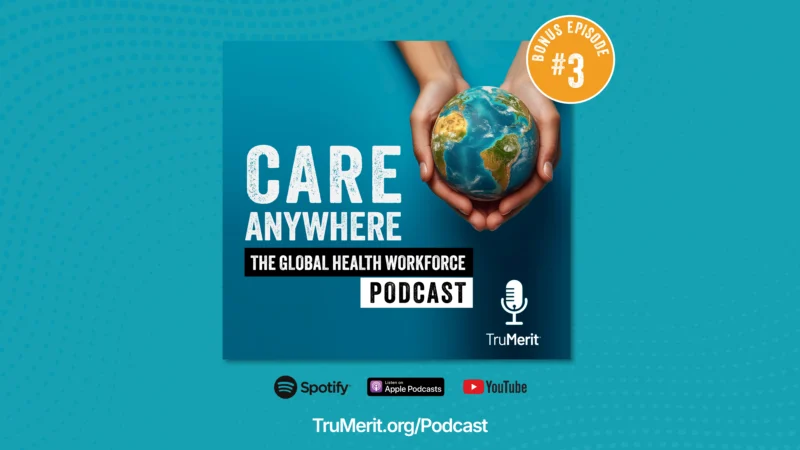Aspects of Healthcare that Have Evolved for Good in the Wake of COVID
Although many people are hoping for things to return to normal after the pandemic is over, the healthcare industry is one area that won’t look the same in a post-pandemic world. In a matter of weeks, the entire industry was upended in an attempt to save the lives of those affected by the coronavirus – and the ripples of these changes will affect the industry for years to come.
Here, we’ll look at three aspects of healthcare that have been transformed by the COVID-19 pandemic.
Trend #1: A Greater Emphasis on Patient-Focused Care
Before the pandemic, receiving care was a process that often took longer than necessary, with administrative bottlenecks and wait times at an all-time high.
However, because of the coronavirus crisis, healthcare leaders are understanding the importance of people receiving care when they need it. After all, any lack in urgency could easily cost someone their life.
The focus on healthcare is slowly transitioning to a patient-focused model, where care and overall service revolves around the care receiver rather than the provider. As a result, features like easily accessible electronic forms and prescription delivery services encourage patients to get more involved with their care and improve their overall experience.
Trend #2: Elevated Telehealth and Remote Patient Monitoring
Not long ago, telehealth was seen as inferior to in-person care and a last resort option for many patients. Nowadays, it’s essential to the health and safety of both patients and care providers.
Because telehealth doctors don’t have the same logistical restraints that in-person providers have, patients can often secure telehealth appointments much sooner. They can also be treated wherever they are without risking infection from others, especially if they’re immunocompromised.
On the other hand, those who do have COVID can be treated while limiting the risk of exposure to those around them.
Trend #3: Increased In-Home Care for the Elderly
Many families feel uneasy about bringing their relatives to a nursing home, in part because of the lack of transparency around the care they receive. However, the pandemic has highlighted another reason to reconsider the idea.
A New York Times article revealed that 34% of all American COVID deaths at the time of writing – a staggering 152,000 – were linked to nursing homes. A crowd of people living together in a cramped space makes it easier for diseases to spread, and weakened immune systems result in more deaths.
Although sickness is an inevitable part of life, families are now choosing to reduce the risk by keeping their relatives close to home. Others even have their loved ones move in with them. Additionally, they may decide to hire in-home medical help to ensure that their relatives get the best level of care possible.
Champion: Medical Seating Designed with Evolution in Mind
With the standards of healthcare changing right before our eyes, your patients deserve a level of care that can adapt just as quickly.
Champion has developed medical chairs that can be used in a variety of settings, from acute care, emergent procedures and multipurpose patient needs to in-home treatment. Their versatility allows providers to administer care in a variety of settings, while their user-centric design improves the level of comfort of the patients that use them.
To learn more about Champion’s products and the benefits they offer, visit www.championchair.com/applications.
Follow us on social media for the latest updates in B2B!
Twitter – @MarketScale
Facebook – facebook.com/marketscale
LinkedIn – linkedin.com/company/marketscale









